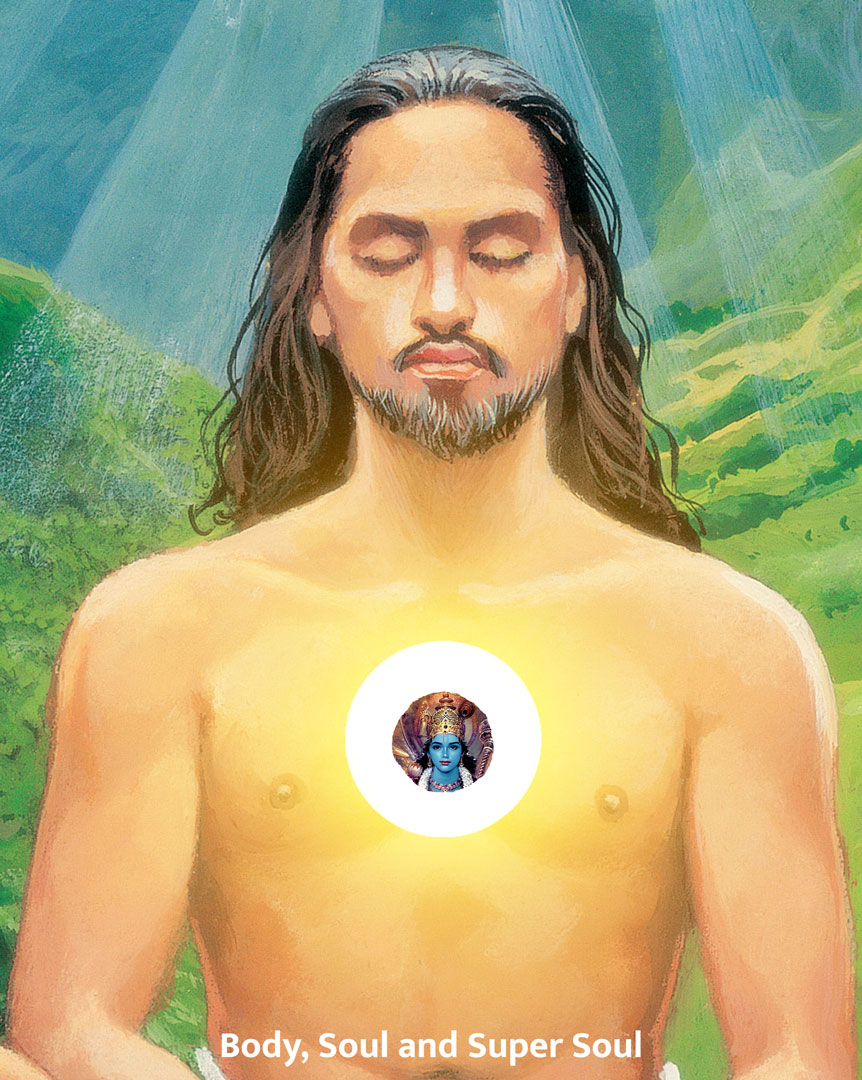

ज्ञेयं यत्तत्प्रवक्ष्यामि यज्ज्ञात्वामृतमश्रुते |
अनादिमत्परं ब्रह्म न सत्तन्नासदुच्यते || 13||
jñeyaṁ yat tat pravakṣhyāmi yaj jñātvāmṛitam aśhnute
anādi mat-paraṁ brahma na sat tan nāsad uchyate
jneyam yat tat pravakshyami yaj jnatvamritam ashnute
anadi mat-param brahma na sat tan nasad uchyate
BG 13.13: I shall now reveal to you that which ought to be known, and by knowing which, one attains immortality. It is the beginningless Brahman, which lies beyond existence and non-existence.

Start your day with a nugget of timeless inspiring wisdom from the Holy Bhagavad Gita delivered straight to your email!
Day and night are like two sides of the same coin for one cannot exist without the other. We can only say it is day in some place if night too falls in that place. But if there is no night, then there is no day either; there is only perpetual light. Similarly, in the case of Brahman, the word “existence” is not descriptive enough. Shree Krishna says that Brahman is beyond the relative terms of existence and non-existence.
The Brahman, in Its formless and attributeless aspect, is the object of worship of the jñānīs. In Its personal form, as Bhagavān, it is the object of worship of the bhaktas. Residing within the body, It is known as Paramātmā. All these are three manifestations of the same Supreme Reality. Later, in verse 14.27, Shree Krishna states: brahmaṇo hi pratiṣhṭhāham “I am the basis of the formless Brahman.” Thus, the formless Brahman and the personal form of God are both two aspects of the Supreme Entity. Both exist everywhere, and hence they both can be called all-pervading. Referring to These, Shree Krishna reveals the contradictory qualities that manifest in God.